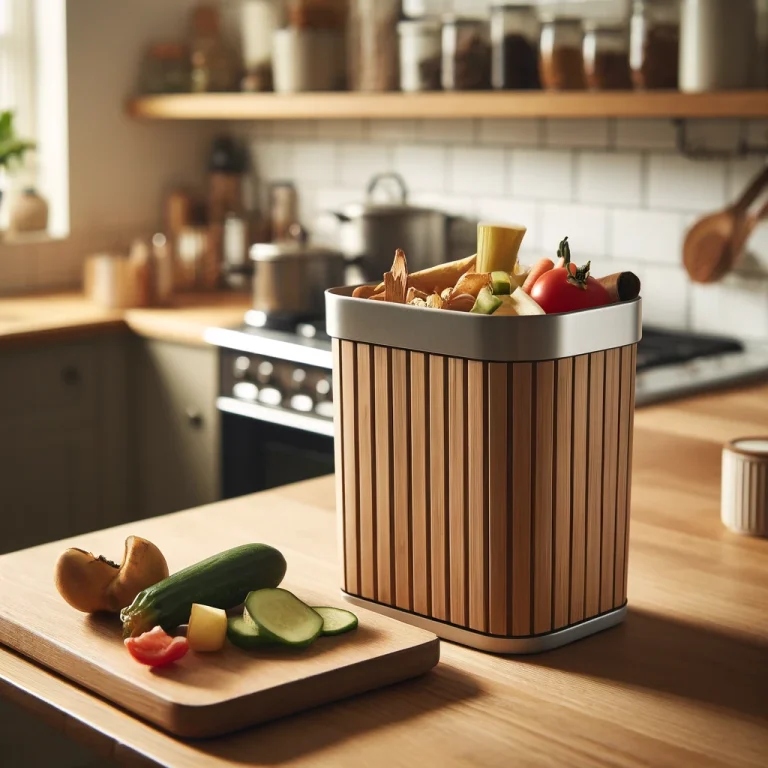In the heart of the modern British kitchen, amidst the hum of daily activities and the aroma of home-cooked meals, there lies an unassuming yet indispensable ally: the food waste caddy. This small, often overlooked container plays a crucial role in the conscientious disposal of food waste, promoting sustainability and environmental responsibility.
The concept of the food waste caddy is elegantly simple. Designed to sit conveniently on a kitchen counter or under the sink, it serves as a dedicated receptacle for food scraps and organic waste. By providing a specific place for these remnants, the caddy encourages the separation of food waste from general household rubbish, thereby facilitating more effective recycling and composting processes.
Picture, if you will, a typical evening in a bustling British kitchen. The family has gathered around the table, enjoying a meal lovingly prepared. As plates are cleared and leftovers dealt with, the food waste caddy stands ready to receive potato peelings, apple cores, coffee grounds, and other biodegradable scraps. Its presence simplifies the act of waste disposal, making it a seamless part of the kitchen routine.
The benefits of utilizing a food waste caddy extend beyond mere convenience. In an era where environmental concerns are at the forefront of public consciousness, the caddy symbolizes a commitment to reducing one’s ecological footprint. Food waste, when disposed of in general rubbish, often ends up in landfills where it decomposes anaerobically, producing methane – a potent greenhouse gas. However, when collected separately and composted, food waste can be transformed into nutrient-rich compost, enriching the soil and closing the loop in the cycle of food production.
Moreover, local councils across the United Kingdom have increasingly embraced the use of food waste caddies as part of their waste management strategies. Many provide households with caddies and offer regular collection services, ensuring that food waste is diverted from landfills and processed in an environmentally friendly manner. This initiative not only supports individual efforts to be more eco-conscious but also contributes to broader municipal goals of sustainability and waste reduction.
The design of the food waste caddy is also worth noting. Modern iterations are crafted with practicality and aesthetics in mind, featuring secure lids to contain odours, robust handles for easy transport, and often, compostable liners for hygiene and convenience. Some even come in stylish colours and finishes, allowing them to blend seamlessly with contemporary kitchen decor.
In the grand scheme of domestic life, the food waste caddy may seem like a minor player. Yet, its impact on waste management and environmental stewardship is profound. By adopting the use of a food waste caddy, households across Britain are taking a simple but significant step towards a more sustainable future.
In conclusion, the food waste caddy is much more than a mere kitchen accessory; it is a symbol of mindful living and a practical tool in the fight against food waste. As we strive to create greener, more sustainable homes, let us not underestimate the power of this small but mighty caddy in making a substantial difference.


